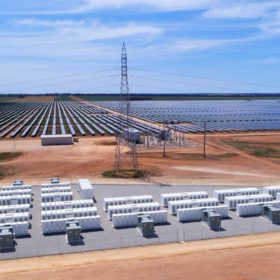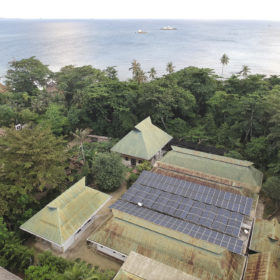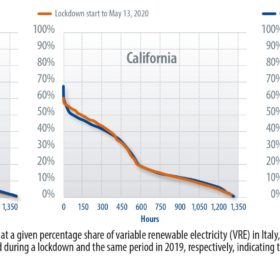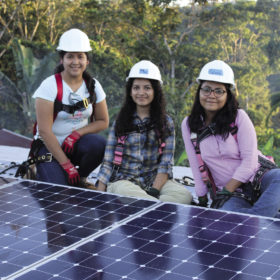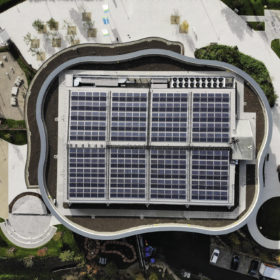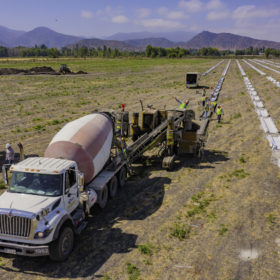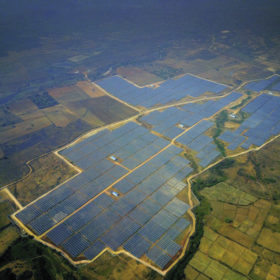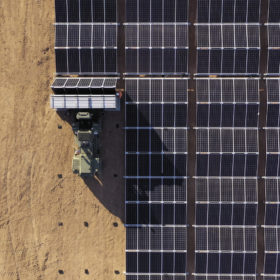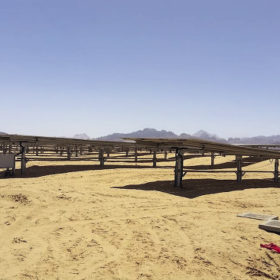Faltering grid curtails, delays, stalls solar
It’s no secret that Australia’s surge in utility-scale solar and wind – some 4.4 GW commissioned in 2018-19, and a further 3.5 GW expected in 2020 – has overwhelmed sections of the grid. An array of actions and innovations spurred by a recent curtailment crisis in the West Murray region of New South Wales will help crack the code to successful energy transition in Australia and beyond.
A SEA of opportunity for Australian rooftop solar expertise
Southeast Asia’s 658 million people are clamoring for access to electricity and cooling air-conditioning in the face of global warming. New coal generation is on the horizon, but can Australian solar expertise partner with local know-how to engineer a clean-energy coup?
Covid-19 bolsters an EU Green Deal
The health and economic crisis caused by Covid-19 has had significant short-term impacts on European electricity demand. But the policy response to the crisis will shape the energy transition in Europe over the long term. With the €1.85 trillion recovery plan proposed by the European Commission, European leaders are aiming to jump-start the economy while maintaining focus on the energy transition.
Expanding access: solar, water, and cooking
Jenean Smith is the senior director of International Programs at Grid Alternatives, a U.S.-based philanthropic organization that brings solar access to vulnerable homes and communities through local volunteers and job trainees doing installations. Smith started a non-profit called Power to the People with a locally staffed office in Nicaragua in 2008, before it was acquired by Grid Alternatives in 2014. Since then, the organization’s International Program has expanded its operations into Nepal in 2016 and Mexico in 2017.
Hydrogen and the energy transition
Researchers are now simulating how the energy transition can be as successful and cost-effective as possible. As part of the simulation, they are also calculating how much hydrogen will be needed and where it could come from. In Germany, a recent study by Fraunhofer ISE showed that the cost is so low that the nation could gift itself the energy transition as a Christmas present.
Bottom-optimization
With bifacial modules making their way into the mainstream, tracker manufacturers and energy companies are operating test facilities around the world. To drive the LCOE as low as possible, tracker manufacturers now also care about what is happening underneath the modules, and not just above. As the power comes from light reflected from the ground, increasing that reflectivity has been mooted by many stakeholders. This is not without complication, however, and the quest for optimization goes into the next round.
Singapore solar walks the talk
Earlier this year, Singapore surpassed its 2020 target for 350 MW of installed PV, and has set itself a more ambitious goal of 2 GW for the coming decade. pv magazine recently spoke with Thomas Reindl, deputy CEO of the Solar Energy Research Institute of Singapore (SERIS) – and also the lead author of a 2020 update to the institute’s PV Roadmap for Singapore report – to catch up on the latest developments in the city-state’s PV market.
India’s tender prices tumble, despite Discom delays
India’s state-owned electricity distribution companies (Discoms) are in dire financial straits, as they owe some $16 billion to generators, according to the Institute for Energy Economics and Financial Analysis (IEEFA). Despite this, national PV auctions have been oversubscribed and are setting record low tariffs in the country, indicating strong interest from developers – if the Discom challenge can be overcome.
Maverick not only by name
A small number of utility-scale PV arrays of an entirely different nature are taking shape Down Under. Over the past six years, Aussie solar startup 5B has been developing and deploying its pre-assembled and relocatable Maverick mounting structures “on a shoestring budget.” But with a major solar developer having joined as a strategic investor, the company is now looking to make prefabricated arrays a mainstream option for utility-scale PV.
Stiff competition on the track
Stiffness – a lot more of it – could be the answer to single-axis tracker windy problems. The first batch of pioneering manufacturers have put forward revised designs that rely on stiffness more than on damping. Doing so has allowed them to create stable 2P designs, a configuration in which there is considerable interest as bifacial arrays proliferate.
